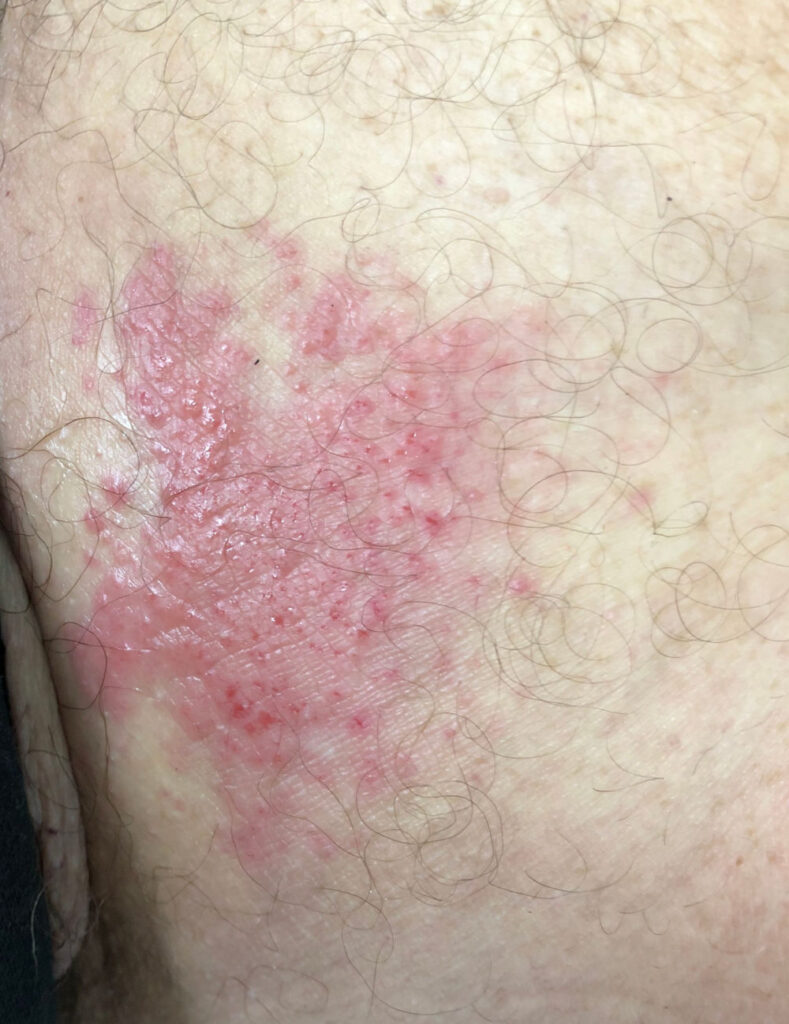Candidemia, a severe and life-threatening fungal infection, is characterized by the presence of Candida species in the bloodstream. This condition is a critical subset of invasive candidiasis and poses significant risks to immunocompromised individuals and those undergoing intensive medical treatments. Understanding candidemia’s symptoms, causes, diagnosis, and treatment options is essential for effective management and prevention.

Understanding Candidemia
Candidemia occurs when Candida, a genus of yeast, enters the bloodstream. While Candida species typically exist harmlessly as part of the human microbiota in areas like the skin, mouth, and gastrointestinal tract, they can become pathogenic under specific conditions. Among the most common species causing candidemia are Candida albicans, Candida glabrata, Candida parapsilosis, and Candida tropicalis.
Key Risk Factors
Individuals at increased risk for candidemia include:
- Patients in intensive care units (ICUs).
- Immunocompromised individuals, such as those undergoing chemotherapy or organ transplantation.
- People with central venous catheters or intravenous lines.
- Individuals on broad-spectrum antibiotics or corticosteroids.
- Neonates and elderly patients.
Symptoms and Clinical Presentation
The symptoms of candidemia can vary widely and are often non-specific, making early diagnosis challenging. Common symptoms include:
- Persistent fever unresponsive to antibiotic therapy.
- Chills and rigors.
- Hypotension and tachycardia.
- Skin lesions, which may appear as maculopapular rashes.
- Organ dysfunction in severe cases, such as liver, spleen, or kidney involvement.
Timely recognition of these symptoms is critical to prevent complications such as septic shock or end-organ damage.
Diagnostic Approaches
The diagnosis of candidemia relies on clinical suspicion and laboratory tests. Diagnostic steps include:
Blood Cultures
Blood cultures remain the gold standard for diagnosing candidemia. However, the sensitivity of blood cultures can be limited, and results may take several days.
Biomarker Tests
Non-culture-based tests, such as:
- (1,3)-Beta-D-glucan (BDG) assays: Detect fungal cell wall components.
- PCR-based methods: Identify Candida DNA in blood samples.
Imaging Studies
Advanced imaging, such as echocardiography or abdominal CT scans, helps identify complications like endocarditis or abscess formation.
Treatment Strategies
Prompt initiation of antifungal therapy is essential for managing candidemia. Treatment options depend on the Candida species and the patient’s clinical status.
First-Line Antifungal Agents
- Echinocandins: Caspofungin, micafungin, or anidulafungin are recommended as first-line therapy due to their efficacy and safety.
- Azoles: Fluconazole may be used in stable patients or when the causative species is fluconazole-sensitive.
Duration of Therapy
Treatment typically continues for 14 days after the last positive blood culture and resolution of symptoms. Catheter removal and source control are vital adjuncts to medical therapy.
Prevention and Risk Mitigation
Prophylactic Measures
- Antifungal prophylaxis: Recommended for high-risk patients, such as those undergoing hematopoietic stem cell transplantation.
- Infection control practices: Adhering to hand hygiene, catheter care, and sterile techniques.
Monitoring and Surveillance
Ongoing monitoring of patients at risk and implementing infection prevention protocols in healthcare settings can significantly reduce candidemia incidence.
Complications of Candidemia
Without timely treatment, candidemia can lead to severe complications, including:
- Endocarditis: Infection of the heart valves.
- Endophthalmitis: Inflammation of the eye’s interior structures.
- Hepatosplenic candidiasis: Involvement of the liver and spleen.
- Septic shock: A life-threatening systemic response to infection.